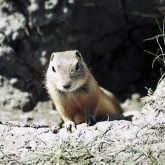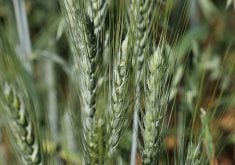Canola has reached the six leaf stage or beyond in many prairie fields. Weed control should have already taken place and top dressing of fertilizer is a recent memory.
So what more can be done to protect yields?
“The best investment you can make in your crop is your shadow,” said Canola Council of Canada agronomist Keith Gabert.
The council recommends that producers take the time to scout their fields before there is too much growth.
Gabert said scouting crops now can help protect yield for next year.
Read Also

Europe holds promise for Canadian lentils
Pulse Canada is trying to help boost lentil consumption in Europe, which is already the fourth largest market.
Producers can identify the effectiveness of their seeders and drills by evaluating seeding depths. Plants that struggled because they were seeded deeper than an inch indicate a need for better adjustment of the seeding unit.
Crops should be evaluated for depth across the drill’s width and whether a variance in the depth affected the plant population.
Targeting five plants or more per sq. foot from a five pound per acre seeding rate allows for some losses to disease and insects while maintaining a crop population that will canopy well and provide strong yields.
Nitrogen and sulfur might have been rinsed out of the soil in late crops where fields have had too much moisture.
Canola will use up to seven lb. of nitrogen per day during vigorous growth periods, such as bolting. Applications to replace or boost those nutrients can be done until that stage with dribble bars, streaming nozzles or a dry fertilizer spreader.
Either way, rain will be needed to help the fertilizer move into the root zone of the crop.
The canola council is also advising producers to consider aerial applications of herbicide for crops that were planted late and where rain has been persistent .














